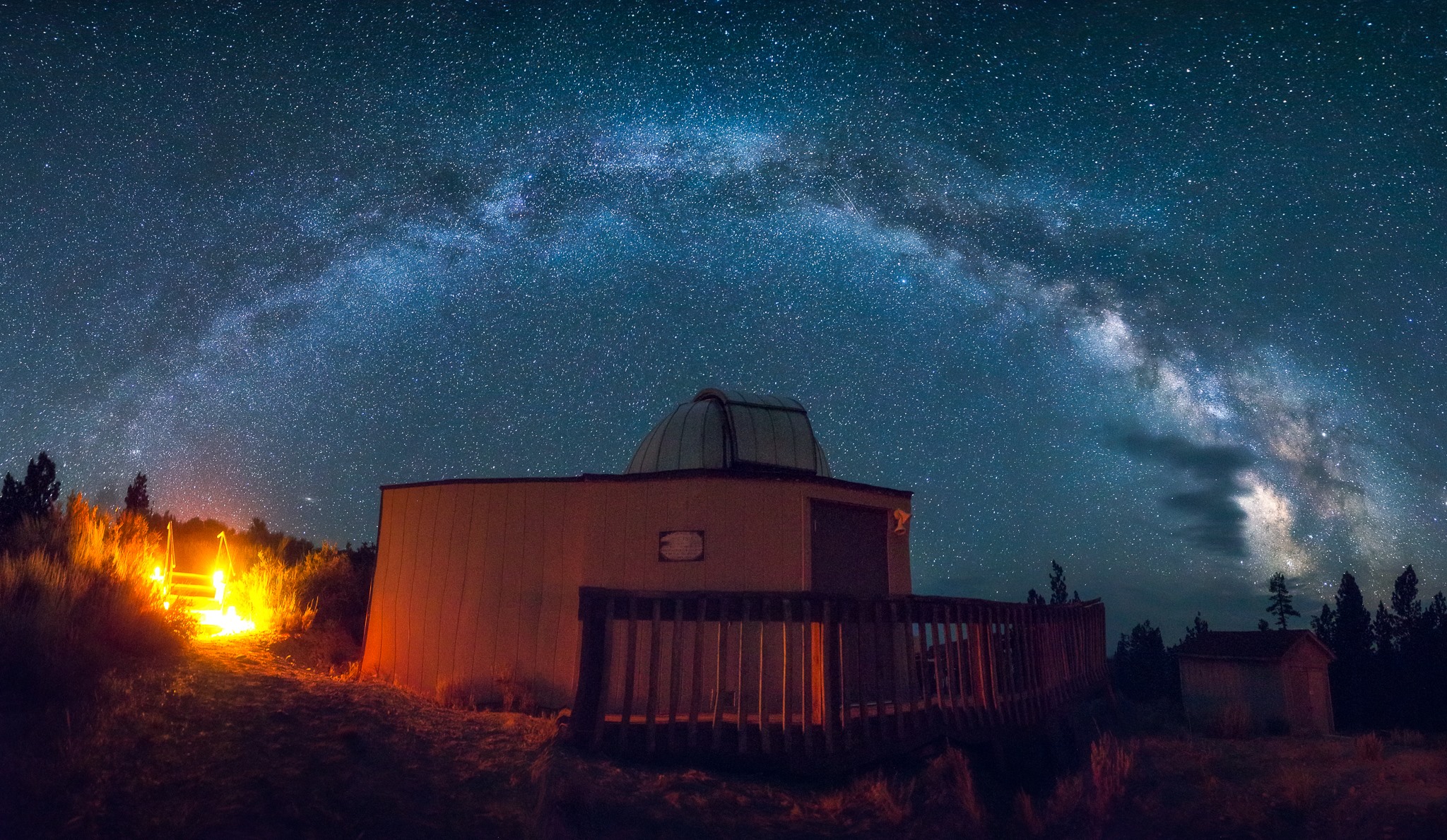

For locations on the Earth, we measure latitude as north or south from the equator and longitude as how far we are east and west of Greenwich England. For locations on the Celestial Sphere, we also measure positions relative to some fixed places. Analogous to the Earth, we define:
More on this later, but we also define a position on the Celestial Equator, known as the Vernal Equinox, from which we measure east-west locations. We define Declination as the location north or south of the Celestial Equator and Right Ascension as the distance east or west of the Vernal Equinox. |

|
Although the Celestial Sphere remains a useful model today, we
understand that, physically, it does not
make a lot of sense because we know that:
(i) the Earth is
not stationary and that it does not
sit at the center
of the Universe; (ii) the stars
(and other celestial objects) are
not stationary,
attached to the surface of a great crystalline sphere;
and (iii) the Sun does not
orbit about the Earth.
So,
Since: (a) it is hard to tell that the Earth is moving and effects of the relative motion can be seen from either viewpoint; and (b) that over the course of a night (and over the short term) it is difficult to measure the predicted effects of the motions of the Celestial bodies and the Earth, the Celestial Sphere turns out to be an useful representation of the sky.
Later, we will return to the issue of how you can convince someone that the Earth moves and is not stationary.
